There has been much speculation as to whether we are heading into a recession in the coming weeks or months. While some argue that the U.S. economy was already in a recession as early as this summer when we experienced two consecutive quarters of negative gross domestic product (GDP), the National Bureau of Economic Research (NBER) defines a recession as “a significant decline in economic activity that is spread across the economy and lasts more than a few months.” With a strong labor market and corporate earnings growth, labeling the economy as in a recession this past summer didn’t quite fit the NBER’s definition.
But with the Federal Reserve seemingly committed to raising interest rates until the inflation starts to ebb, along with other mitigating factors, all arrows seem to be pointing to an impending recession that, if history is any indication, should last around 10 months.
The way in which businesses are affected by recession vary greatly, but small to mid-size businesses (SMBs) are often particularly vulnerable due to limited budgets, lack of cash flow, and the absence of preparedness. Business owners with a “sit and wait” approach to a possible recession will likely find themselves ill-equipped and at a greater risk of folding.
But there is actually some good news. Since the start of the pandemic, business owners received a crash course on surviving a recession and staying afloat (and maybe even thriving) in challenging times. While perhaps still weary for the wear, they are arguably better equipped to handle a recession than they have ever been before.
Recession-proofing your business can take many forms, and what is right for you might not work for your competitors, and visa-versa. So start doing your homework now to create a strong, executable strategy for weathering any future economic downturn.
Top 7 Ways To Recession-Proof Your Business
1. Manage Your Cash Flow
Start by reviewing your cash flow management processes. During a recession, cash flow can become highly unpredictable, so making timely payments and collecting receivables can be challenging. Create a cash flow plan that includes current cash balances, monthly receivables, and expenditures. Then build a cash flow forecast for the next three, six, and nine months.
2. Stick to Your Budget
Start being budget-conscious now, if you haven’t already started tightening it up. By setting then operating within your budget, you better position all elements of your finances to withstand a recession.
3. Evaluate Personnel Requirements
Nobody wants to lay off employees, particularly during a recession. So start considering a more prudent approach to hiring in the coming months. Remember, employee acquisition is costly. So, if possible, don’t waste valuable resources hiring if you anticipate recession-induced layoffs.
4. Train Your Team
Enhancing the skills of your current employees can be an incredibly effective way to cover potential workforce gaps as you head into a potential recession. And the payoff is exponential, as you then have coverage throughout the downturn, as well as a more skillful and dynamic team as you move forward.
5. Track Performance Metrics
As they say, what can be measured should be measured. Setting Key Performance Indicators (KPIs) is important as it provides tangible insight into the performance and health of your business in good times and bad. These metrics provide a clear overview that will help you analyze current and future efforts.
Read “Tips for Setting Effective KPIs.”
6. Be Creative with Your Customers
Consider quid pro quo contracts with discounted rates or other customizable terms for customers who pay early or who sign long-term contracts. This can help maintain loyalty while also enhancing cash flow.
7. Consider Cutting Back on Inventory
Holding inventory can be a liability and add substantial operating costs. Calculate your carrying costs so you can make informed decisions on whether to cut back on expenses related to storing unsold goods and supplies.
Flexibility, resiliency, and a good hard dose of preparation will always be strong determining factors in surviving a downturn or prolonged recession. As you move forward with designing and implementing your recession strategy, make sure to document each element to better prepare you for the next time around.
[This Article was Posted by The Alternative Board on October 31st 2022]



